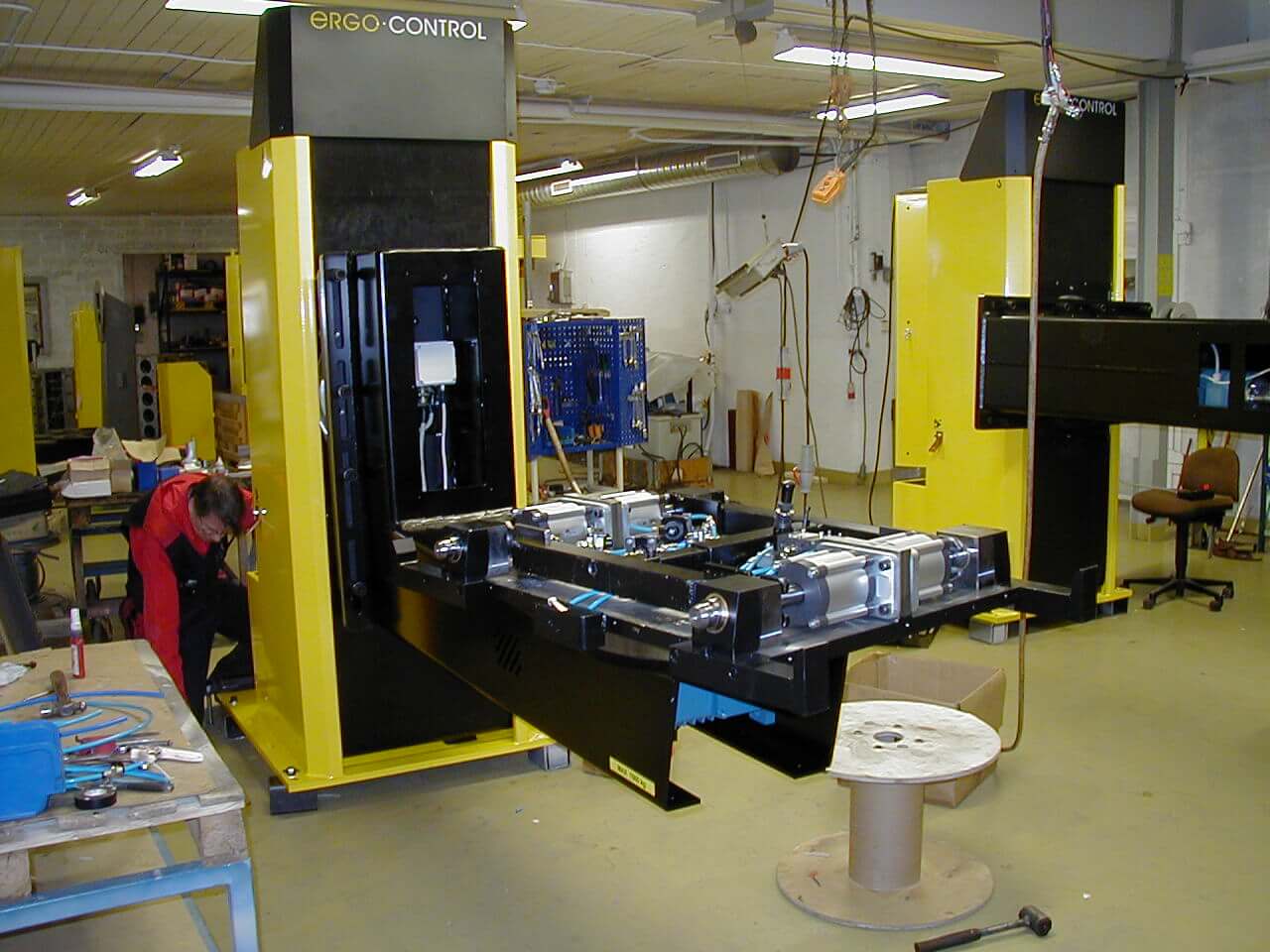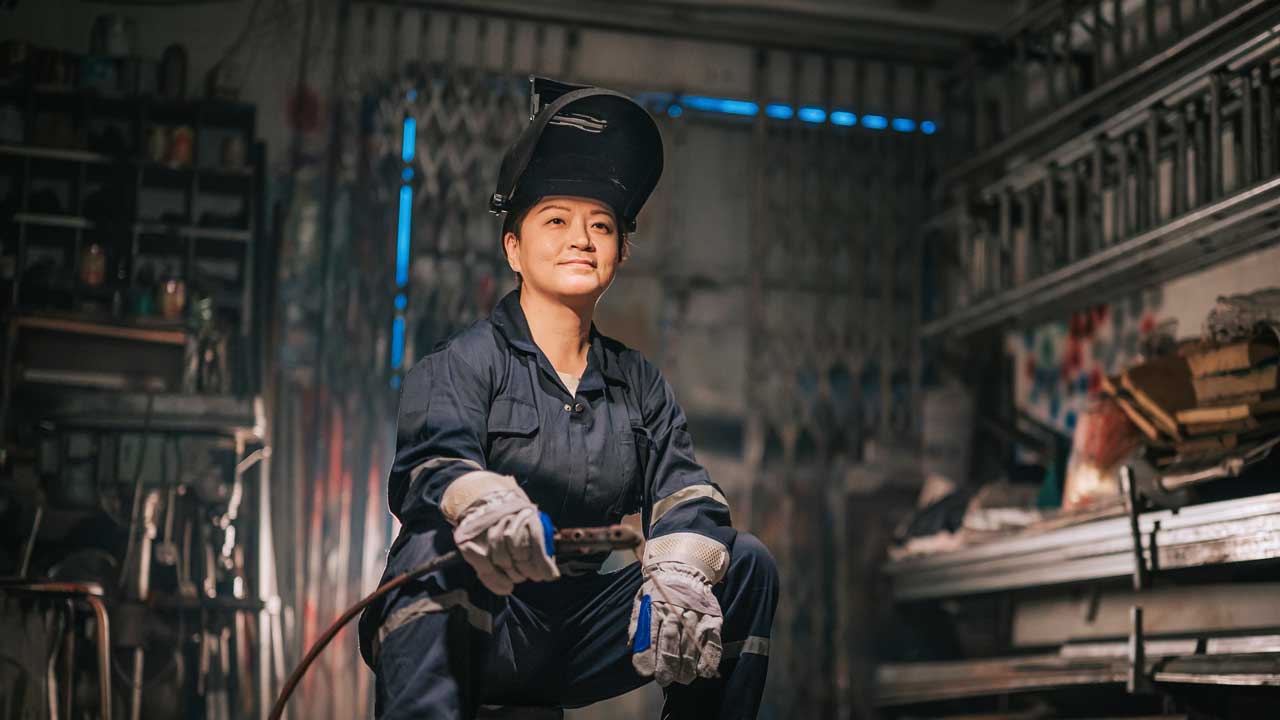How to Improve Worker Productivity With a Work Positioner from Ergotronix
Welding is used in numerous fields and industries. Virtually any type of heavy manufacturing will require welding at some point. Welding is a highly involved process with a number of steps that must be followed carefully. Additionally, welding has a relatively high risk of bodily injury.
Workplace safety should always be of high priority. Therefore, a safe, efficient workplace with streamlined processes and good ergonomic tool design is paramount.
If you want to improve workplace productivity, you need to better understand the major obstacles where welders often lose time. Because welding is such a complex process, there is often not one simple answer to why productivity may be down. Instead, you need to consider multiple avenues. Here are just some of the many places where productivity loss can occur.
Out Of Position Welds
Welding that isn’t horizontally aligned is considered out of position. These welds may be vertical, at an odd angle, or even overhead. Such welds require 25 to 40 percent more time to weld than the same joint in a comfortable horizontal work position.
The easiest way to solve this problem is with a secure, multi-axis work part positioner.
While shops typically use slings, chains, props, or ad hoc solutions made with whatever’s at hand, to obtain positioning, often without considering safety and efficiency in the positioning solution.
Instead, a multi-axis work positioning solution that provides height, tilt, and rotation allows for needed flexibility to access complicated welds easier, safer, and efficiently.
Safety Concerns
A great deal of money is lost to workplace accidents every year. Secondary to the enormous impact on human capital, accidents also increase operating costs. They cause hefty work delays and disruptions in your workflow.
One of the ways you can reduce workplace accidents is by ensuring that your workers don’t have to strain their bodies while reaching hard to get welds. Constantly having to reposition yourself leads to discomfort, fatigue, strain, and eventually injury. Providing multi-axis work part positioners is an easy way to reduce these concerns. Selecting a flexible positioning option can safely provide access to all needed angles to weld, even turning the workpiece upside down, offers a modern safe workplace solution.
Maintenance Issues
Welding involves a great deal of equipment, and introducing a parts positioner can reduce the need for other equipment. By automating the positioning and manipulation of the workpiece, other welding equipment and fixtures can be simplified. When the workpiece is supported in a correct comfortable work position, you no longer have to rely on the extended use of cranes, hoists, and other expensive equipment.
Having a machine designed to do the positioning also prolongs the lifespan of the peripheral welding equipment. It means you have to spend less time maintaining your equipment, which means your welders can use it safely for a longer amount of time.
A Work Part Positioner Can Improve Consistency
Consistency is key in welding. Inconsistencies and variations in weld quality can decrease the finished product’s safety and reliability and may require additional repairs or rework.
Avoiding rework is a key component of improving productivity. Rework requires additional inspection, problem determination, and the creation of a solution. It takes a significant amount of time and money– rework costs at least twice the amount of the original fabrication, and three times as much isn’t uncommon.
To improve consistency, welders must be able to replicate the same quality weld for each positioning and alignment. A parts positioner aids welders in achieving comfort while welding and allows them to duplicate the positioning and alignment of the workpieces. A smart work positioner also determines the optimum sequence of positioning to alleviate heat buildup and ensures better weld consistency. A smart work positioner will also allow for individual positioning needs and optimum flexibility to obtain weld consistency.
Inefficient Workflow? A Work Part Positioner Could Be the Answer
Manual work position adjustments don’t just take time and put a strain on welders but also interrupt the welder’s workflow. By eliminating the need for frequent adjustments and repositioning, a welder can maintain a continuous workflow in comfort.
An automated or programmable parts positioner creates massive time savings for your welders. It takes positioning and repositioning basically out of the picture and allows the welders to focus on the actual welding, giving overall better productivity. There’s no longer a need for trial and error adjustments or constant stops to reposition as the work positioner will safely hold and position your workpiece in the right optimum place every time.
Such accurate positioning helps eliminate welding defects and reduces the need for rework or repair. A parts positioner lets your welders achieve high-quality, accurate welds from the start, leading to a better workflow with fewer interruptions and lost work due to problems with the weld.
If you’re looking for ways to improve your welders’ productivity, look no further. The parts positioning solutions offered by Ergotronix can help you properly position virtually anything weighing from a few ounces to 6.6 tons. Contact us today to find out which of our parts positioners is right for your business.



